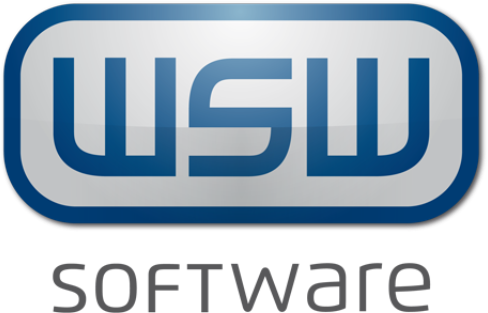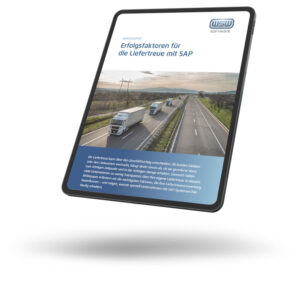Tarification & Classification
Starting customs and export control processes the right way
The correct categorization of products for customs and export control is the central basis for numerous subsequent processes. For this, the right data and information must be available and correctly evaluated.

Laying the foundation for foreign trade
Customs tariff classification and export control classification are fundamental for the correct handling of foreign trade processes. They are necessary for subsequent assessments and declarations, such as export declarations or licensing requirements for dual-use goods. Inconsistencies are a problem, but occur frequently: Classification is done by different staff without a correct basis. Mistakes made here run through the entire process and result in your processes not being legally and customs compliant.
Basically, this topic is about master data management: If the correct data for products is stored, it can be used to read out the characteristics needed for classification and tariffing. A structured way of working and a clean setup of your systems is therefore the key - and creates the basis for all subsequent processes in foreign trade.
Our process solutions
We will be happy to advise you on optimizing your customs and foreign trade processes.
Customs Tariff Classification
Export Control Classification
Advantages
Efficiency
The manual determination of customs tariff numbers or export restrictions costs a lot of time. Automation creates transparency faster and relieves your employees.
Legal certainty
Do not rely on isolated determination of tariff numbers and classifications: With the help of IT-supported categorization, you minimize the risk of incorrectly classified goods and ensure the complete legal compliance of your export processes.

FAQ
You can find the most important information on tariffing and classification here:
For the classification of all goods in the cross-border movement of goods, there is a central directory of the German customs that assigns a specific number to each good. This is necessary for fast and correct customs clearance. With the help of the code number, customs duties can be derived for the goods in question.
Certain goods are subject to restrictions when they are exported, for example if a special license or a notification to an authority is required for the export. Classification is used to categorize goods so that restrictions can be identified at an early stage and appropriate measures can be initiated in good time.

Chief Sales Officer | Director Business Unit Customs / Foreign Trade
T: +49 89 895089 421
M: peter.thurn@wsw.de


